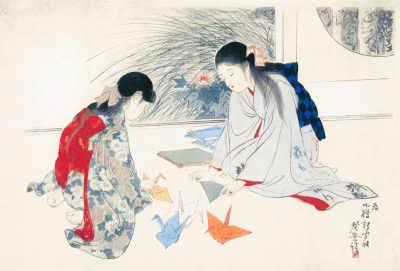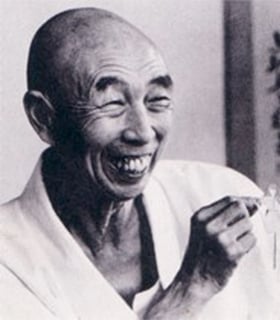Writing a comprehensive history of paper folding is almost impossible, since information about the art form prior to the 15th century is virtually nonexistent. There are many plausible assertions about its origins and early history, but most of those are based on little firm documentation. Many studies assert that origami was invented by the Japanese about a thousand years ago, but its roots may well be in China. It is also highly probable that the process of folding was applied to other materials before paper was invented, so the origins of recreational folding may lie with cloth or leather. Certainly, within Europe, the practise of napkin folding and cloth pleating were held in high esteem. However, paper has proved to be the ideal material to fold, and so it is logical to assume that paper folding followed the discovery of the papermaking process. Paper was invented in China, and a Chinese court official, Cai Lun, has been traditionally credited as the inventor, though contemporary research suggests that paper was invented earlier. However, Cai is known to have introduced the concept of sheets of paper about the year 105 CE. By making paper from the macerated bark of trees, hemp waste, old rags, and fishnets, he discovered a far superior and cheaper way of creating a writing surface, compared with the cloth made of silk that was commonly used. Papermaking skills subsequently migrated to Korea and from there to Japan, via Buddhist monks, by 610. Japanese papermakers improved the quality of paper still further, and the quality of their paper would have been suitable for folding, although no hard evidence of origami exists before 1600. In 1680 a short poem by poet and novelist Ihara Saikaku references butterfly origami, revealing how well engrained in Japanese culture paper folding had become by that time. One of the earliest known paper-folding instruction books was Akisato Rito’s Sembazuru orikata (1797), and it showed how to fold linked cranes cut and folded from a square of paper.

Akira Yoshizawa was the father of modern origami. He inspired a national and international interest in the art of origami. Yoshizawa developed the current standard for diagraming origami instructions and designed countless patterns. He avoided the accepted cutting techniques used in traditional origami and developed a wet folding technique which rendered softer more naturalistic lines. Yoshizawa published ”Origami Tokuhon” in 1957 which brought him great renown. He published many more books thereafter and later served as a cultural ambassador for Japan. In 1983 he received the honor of Japan’s Order of the Rising Sun.

Kosho Uchiyama was a Buddhist priest and origami master from Japan. He published ”Origami Zukan” a children’s instructional book for origami in 1958. Unlike the standard today, Uchiyama’s book allowed for some cutting. He went on to publish several more books of origami, following in the footsteps of his father Michio Uchiyama who also wrote several origami books. Though Kosho Uchiyama’s folds were not as elegant as Akira Yoshizawa, he was considered contemporary rival of Yoshizawa. Like Uchiyama, his books were translated and shared with international audiences.
